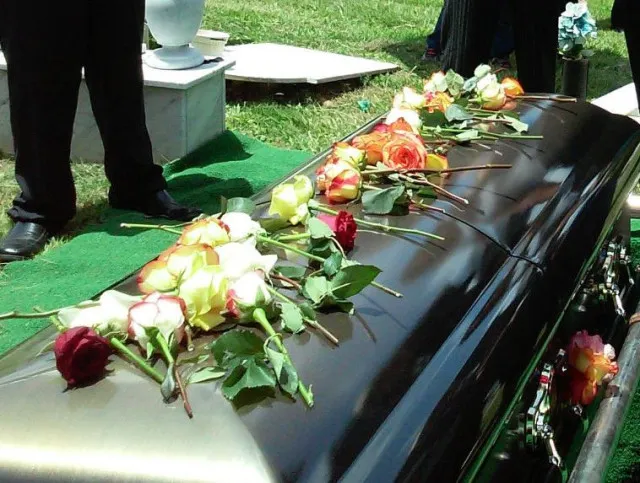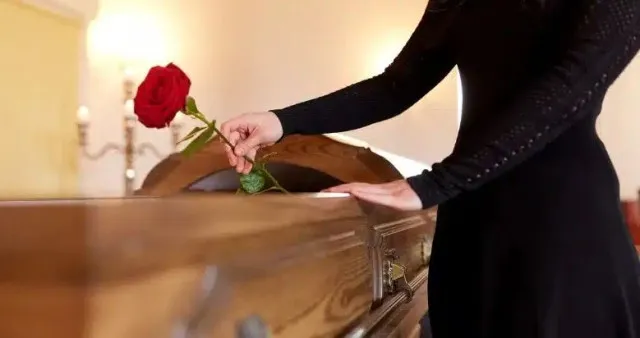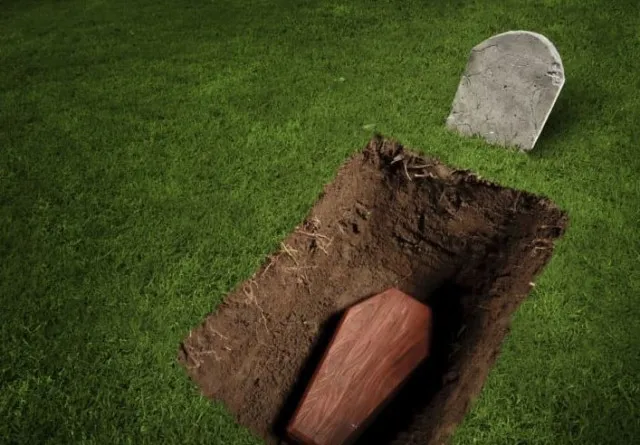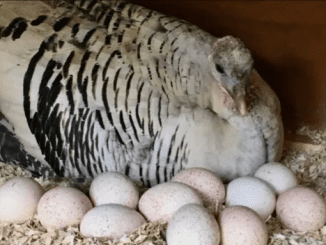The practice of burying people in coffins has been a long-standing tradition in many cultures around the world. While placing a body directly into the earth may seem simpler, there are several historical, cultural, and practical reasons for using coffins. But why exactly have we adopted this method, and what purpose does it serve? This article dives deep into the fascinating reasons behind the choice of coffins over direct burial, exploring everything from safety and health to tradition and dignity.

Human burial has been practiced for millennia, but it is not an environmentally sustainable solution. Image Credits: Getty
The Historical Origins of Coffin Burials
Human burial traditions have evolved over thousands of years, with coffins becoming a central component in many cultures. The earliest coffins date back to ancient civilizations, including the Egyptians, Chinese, and Greeks, who used wooden, stone, or metal boxes to encase the dead. These containers served not just as a means of preserving the body but also as symbols of social status, protection, and reverence for the deceased.
Throughout history, coffins have provided a dignified and respectful way to lay loved ones to rest. They serve as a way to honor the dead, protect the body from the elements, and maintain an air of sanctity during the burial process. This respect for the deceased, coupled with a desire for proper send-offs, remains a key reason for coffin use today.
Practical Reasons: Safety, Preservation, and Transport
One of the main reasons coffins are used is practicality. After death, a body needs to be handled with care for health, transportation, and sanitary reasons.
1. Safe Transportation to Burial Sites
When someone passes away, the body must be transported from the place of death to the burial site. Coffins provide a sturdy, manageable structure that makes this process easier. They have handles and a solid frame, allowing for safe handling and transportation. Without a coffin, carrying a body can be challenging and potentially distressing for the mourners.
2. Protection from Health Risks and Contamination
After death, bodies begin to decompose, releasing bacteria that were once contained by the immune system. This can present health risks, especially if the person died of an infectious disease like tuberculosis or cholera. In these cases, placing the body in a sealed coffin, often lined with lead, helps prevent the spread of germs and keeps the surrounding environment safe.

Coffins provide a dignified way to transport bodies and conceal them from mourners. Image Credits: Getty
For centuries, lead-lined coffins have been used to preserve royal remains and prevent the release of odors. In the UK, it is even legally required for above-ground burials, underscoring the importance of protecting public health.
3. Preservation of the Body
Coffins slow down the natural process of decomposition by creating a barrier between the body and the environment. In nature, decomposition occurs rapidly, as scavengers, microbes, and other organisms break down organic matter. Coffins provide a physical shield, making it more difficult for insects and animals to access the body.
For instance, flies can burrow up to two meters (6.6 feet) underground, potentially reaching a body buried without a coffin. Without this protective layer, animals like raccoons, coyotes, and even dogs could disturb graves, leading to the unintended exposure of remains.
Cultural Significance and the Role of Tradition
Cultural beliefs and customs play a major role in burial practices. From ancient rituals to modern funerals, coffins have come to symbolize a dignified farewell and a final resting place for loved ones. Many cultures associate coffins with respect, honor, and a proper transition to the afterlife.

Coffins help reduce the risk of disease transmission from corpses, especially for high-risk bodies. Image Credits: Getty
1. A Symbol of Reverence and Respect
Coffins represent a dignified way to treat the dead, giving families a sense of closure. In many cultures, the act of placing a body in a coffin is seen as a final act of love and respect, allowing families to send their loved ones off with dignity. This symbolism makes the use of coffins deeply ingrained in cultural norms and funeral rituals.
2. A Defense Against Grave Robbers
Historically, coffins have also served as a defense against grave robbing. In the past, the burial of valuables alongside the deceased made graves prime targets for thieves. Coffins provided an additional layer of protection, making it harder for grave robbers to disturb the remains or loot the grave.
In response to increased body-snatching in the 19th century, some even invented “coffin torpedoes,” which were designed to deter grave robbers with explosive force. This demonstrates the lengths people have gone to protect loved ones in their final resting place.
Environmental Concerns: Coffins and Land Use
The use of coffins has significant environmental implications, especially when it comes to land use and resource consumption.
1. Land Space for Coffin Burials
Traditional coffin burials require a significant amount of land. In the United States alone, over 404,685 hectares (about 1 million acres) are currently dedicated to human burial. As populations grow, the need for burial space increases, prompting concerns about sustainability. Coffin burials not only take up valuable land but also slow down the natural decomposition process, leaving behind a permanent footprint.
2. Resource Consumption
Coffins, typically made from wood, metal, or other materials, contribute to resource depletion. It’s estimated that the production of coffins leads to the loss of around 1.6 million hectares (4 million acres) of forest annually. This significant environmental impact has led some people to seek more sustainable alternatives, such as biodegradable burial pods or natural burials that allow the body to decompose more naturally.
Alternatives to Traditional Coffin Burials

Decomposing bodies attract scavengers, so coffins prevent remains from being scattered or disturbed. Image Credits: Getty
As concerns about environmental impact grow, alternative burial methods are becoming more popular. These modern approaches offer ways to honor the dead while minimizing ecological effects.
1. Cremation
Cremation is a common alternative that reduces the need for burial space and resources. The remains are turned into ashes, which can be scattered, buried in an urn, or even incorporated into memorial objects like jewelry or artwork.
2. Aquamation
Aquamation, also known as water cremation or alkaline hydrolysis, uses water and alkaline chemicals to break down the body, resulting in a liquid byproduct that is more eco-friendly. It’s considered a more sustainable option than traditional cremation.
3. Human Composting
Human composting is an innovative approach where bodies are transformed into nutrient-rich soil. This process allows remains to return to the earth naturally, supporting plant growth and preserving green space.
Conclusion: Why Coffins Continue to Be Used
The tradition of coffin burials persists for several reasons, including cultural values, public health considerations, and the need for respectful handling of the dead. Coffins offer protection, dignity, and a sense of closure for grieving families. While alternatives like cremation and natural burials are gaining popularity, the symbolic and practical functions of coffins continue to shape our burial practices.
As society evolves, so too will our approaches to handling human remains. Whether through traditional means or innovative new methods, the goal remains the same: to honor and respect our loved ones in their final journey.


